 Data management is one of the most important things you can do for your restaurant – to support the business right now and to protect its future. But losing ownership of valuable data, or not connecting the dots within it, can be a missed opportunity for many restaurants. Perhaps due to partnerships with certain third-party vendors, you are not able to market directly to your guests – or understand who they are. Or maybe your guests order your food from a wide range of sources and as a result, you may have a number of different pools of data floating around independently – not being informed by the others. How well does your POS help you harness every piece of guest data you can grasp, from every place your guests order from you, and then make informed decisions about how to reach the people who support your business?  You know there is power in the data you collect about your operation. In the coming months, expect to see developments in exactly how restaurant operators can slice and dice that data in order to draw clear conclusions about it (and then create more targeted, personalised marketing messages). On the Lunchbox platform, for one, digital customers are divided into active, regular and lost categories – and they receive different automated promotions designed to increase the frequency of their visits. After you collect data about your guests, how well does your technology help you connect the dots? It should help you convert semi-regular guests into loyal patrons and deliver increasingly customized offers to your best customers over time – ideally without much manual input from you. 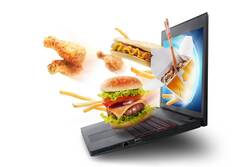 You likely have guests whose habits you’d like to change: The one who regularly orders delivery from you even though he lives in your neighborhood, or the couple who visits semi-regularly who you’d like to see more frequently. Understanding and mining your data can help transform some of those guest behaviors in the direction you’d like. Allison Page, founder and chief product officer of the restaurant platform SevenRooms, told the Spoon recently that data is changing the game for restaurants by empowering them to build better relationships with guests. When you know the regular customer who orders delivery from you lives nearby, for example, you can entice him with a promotion of his favorite appetizer if he collects his order in person. If you know the favorite dish or wine of the couple who visits you only every now and then, you can invite them to a wine-tasting event or other experience featuring the wine they like along with a new dish you’re promoting. What clues are your guests providing through the data they’re sharing with you? Using artificial intelligence in your restaurant isn’t necessarily about investing in a robotic chef to flip burgers. Increasingly, it can help restaurants manage the nuances of customer data – something that can benefit any restaurant. A recent report from Nation’s Restaurant News described how the brand El Pollo Loco is using an A.I. product called Merlin to help boost the capabilities of its loyalty program. By using A.I. to sift through reams of customer data, Merlin can help the brand get more strategic with the offers they make to customers – for example, suggesting items past customers are likely to order, but also not offering deals or discounts where it’s not as necessary to retaining the customer’s loyalty.
Preparing food in restaurants has become a juggling act this year – with people behind the scenes regularly throwing new balls into the air. According to a Datassential report, 92 percent of restaurant traffic is now off-premise. Drive-thru orders represent the largest growth category, followed by 23 percent order-ahead, 21 percent delivery and 18 percent to-go. A seemingly quiet kitchen could actually be as busy as a restaurant with a line of customers out the front door. This year, more restaurants will be adopting tools that allow them to monitor the various ways in which orders are coming to them – and adapt more easily to their ebb and flow. A new report on restaurant technology trends to watch in 2021 says smart scheduling and booking technology, as well as automated kitchen operations technology, can help ensure food is ready when customers want it.
We’re swimming in a growing pool of consumer data – and increasingly, that data will help you understand your customers better, offer them new conveniences and predict what menu items and promotions they will love. But consumer protections around their data are growing too, requiring people to “opt in” to what you offer (and simultaneously reminding them that you are tracking their preferences). When customers use your technology, whether it’s to place an order or join your loyalty program, be clear about how you plan to use their data and what the benefit is for them. Will it make their ordering process lightning-fast? Enable you to bring a packaged order outside as soon as the customer approaches your driveway? Put your intentions in plain English as much as possible and mention that they can opt out (and help them understand why they wouldn’t want to).
Imagine driving home one day and telling the voice-powered assistant in your car to order your favorite pizza from Domino’s so it’s ready for curbside pickup when you drive in. Or asking it to make dinner reservations for your anniversary, which always springs to mind during your morning commute but gets forgotten once you arrive at work. This is A-commerce, or auto commerce, and a new study from Rakuten Ready predicts this new form of initiating transactions will become a growing force for businesses in the next five to 10 years. While A-commerce may sound futuristic, by preparing your business for it now, you can reap benefits in the near term and more easily incorporate it into your business model when it becomes more widespread. The study advises restaurants to start experimenting with simple voice-powered mobile applications and business models now. For example, update your Google My Business account to make sure your restaurant is easily found in local listings. Using geolocation tools, which will be central to A-commerce, can also serve you now by helping you develop and fine-tine your local online marketing plans while streamlining curbside pickups.
The technology you’re adopting now to bring efficiencies to your business and minimize contact may have the unintended effect of distancing your guests from your staff – and the service they have come to expect from your brand. As you introduce technology into your business, make sure that it includes features that somehow replicate (and ideally, enhance) your service. When your return customers order food from you online or via your app, are they prompted with information on their past orders to help streamline the processing of their current order? Whenever they are in the vicinity of your restaurant, could you use predictive analytics to send them a promotion they are likely to crave? Using artificial intelligence can help you demonstrate that you know a guest well – and fill any empathy gaps that exist when a guest has less human contact with your brand.
The pandemic has made us all the more reliant on data from a growing number of sources – and the restaurant brands using their own data most adeptly (and pulling from useful external data sources too) have been the ones most able to steer their way through the challenges of the past year. In its recent list of top-five predictions for restaurant tech in the year ahead, Restaurant Technology News said operators will need to be ready to take advantage of the “tidal wave of data” resulting from their interactions with consumers. So how could this look in practice? If you have a large customer base of sports fans, the report says, you could be combining your first-party transaction data with player stats, weather changes and your inventory to predict sales on game days. And that model adjusts depending on the demographics you’re serving: Whoever your ideal customer is, there are multiple sources of data that can predict how that person will make decisions. Are you collecting data from sources that can help you make the best decisions in the year ahead?
If you don’t regularly use video to promote your food, people and background story, listen up: A Brightcove study found that 76 percent of adults report that they make a purchase after watching a marketing video – and nearly half of consumers watch branded video on social media. As you prepare to ramp your business back up after the pandemic, consider creating a calendar of video content that you can share across your social media channels. There are a multitude of options to try. Record a mini cooking tutorial with your chef – or have him or her share favorite tips for using a seasonal ingredient. Talk about how you source food and make decisions about where to get the items you serve – or record your visit to a local farmer’s market or small supplier. Have a new staffer on board with an interesting life story? Record a brief interview with the person and ask questions that share a bit about his personality, background and professional role. How about your restaurant’s story – or the history behind your restaurant’s location? You can share promotional content too – like a contest to win an appetizer platter for the Superbowl or a house-brewed beer subscription for a month. The key is to find ways to share your restaurant’s authentic self and create useful or entertaining content that viewers will want to share. Look at this winter as a time to build your brand and strengthen customer loyalty for when people feel safe returning in bigger numbers.
|
Subscribe to our newsletterArchives
April 2024
Categories
All
|
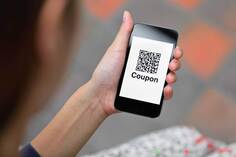
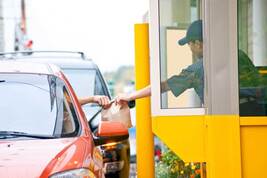




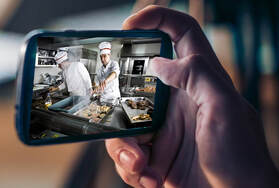
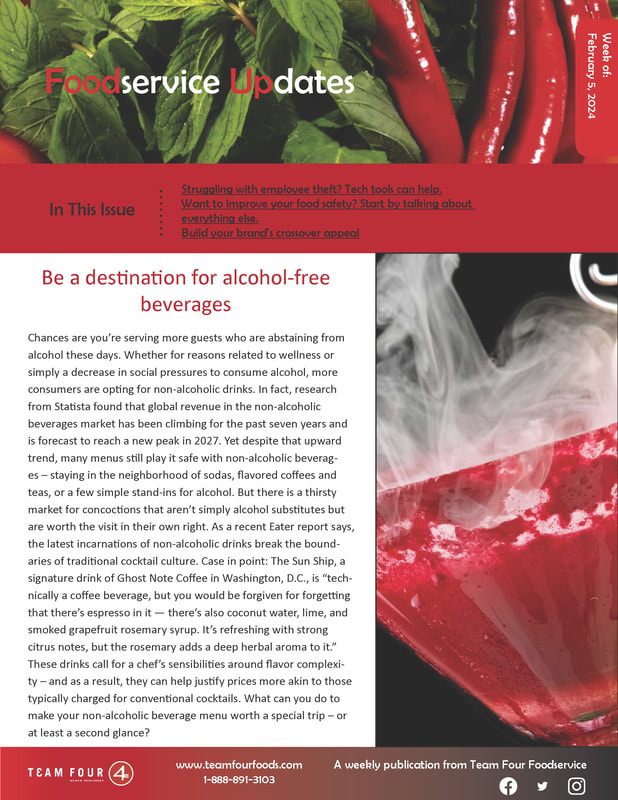
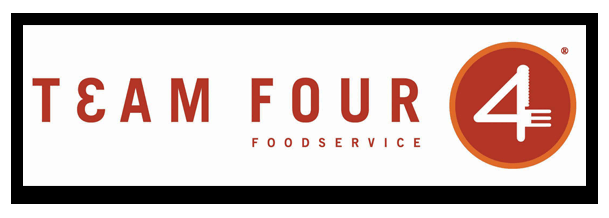
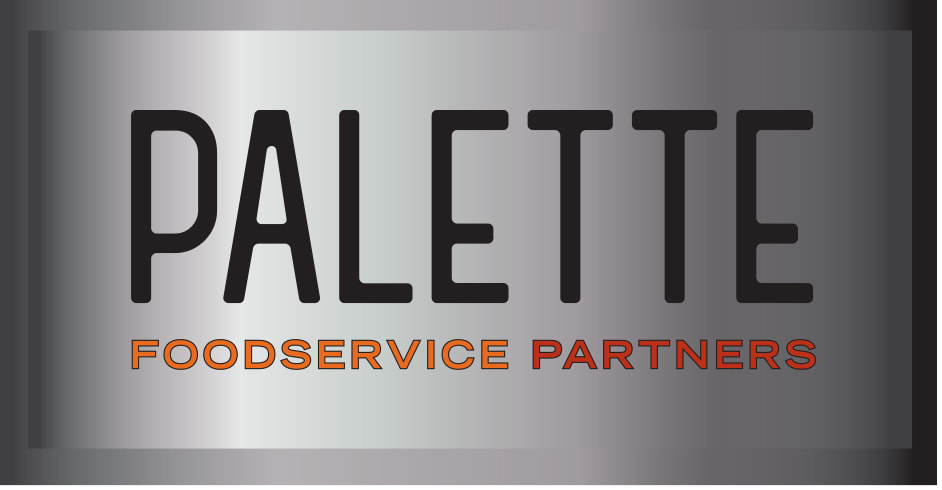
 RSS Feed
RSS Feed